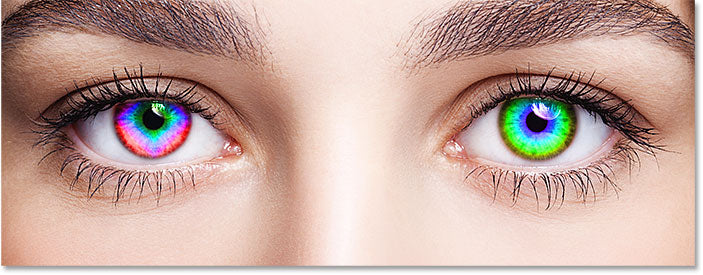
The most common eye color
Share
The pigments contained within the iris determine the appearance of color in a person's eye. Individual genes determine specific colors, making some eye colors more common than others.
Brown is the most common eye color worldwide. Brown eyes are caused by a high level of melanin, the pigment that also causes darker hair and skin tone. Very dark eyes can appear black. Brown eyes are found in people of all races and in all parts of the world.

Blue usually found in people of European descent with lower levels of melanin, hazel a combination of green and brown, grey a variant of blue mixed with other hues, and green are less common eye colors typically consolidated to people of Nordic origin. Green is the most rare of these colors, with only one to two percent of all babies living with natural green eyes.

Amber, violet, and red are the most rare eye colors. Lipochrome, a yellow pigment, produces amber. Violet eyes are thought to be caused by a lack of pigment in the eye, allowing the blood vessels to become visible. Red, the most rare of all human eye colors, is caused by albinism, a condition in which the eye lacks pigment.

